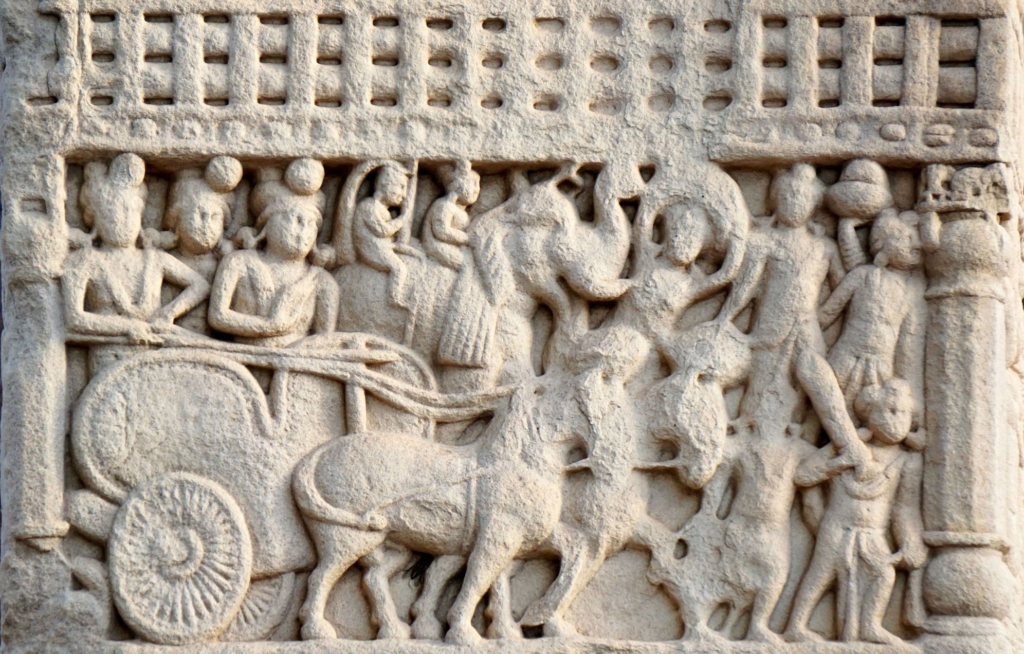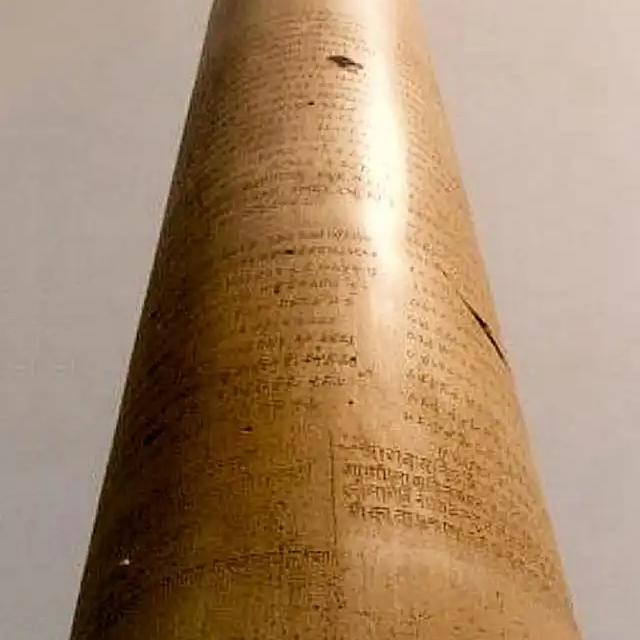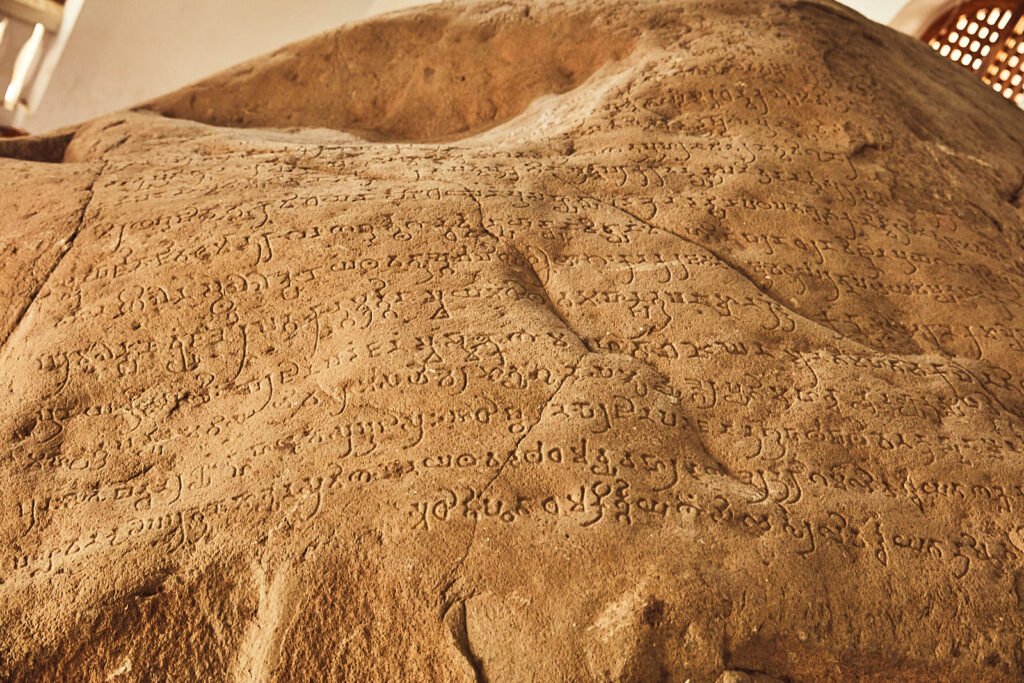Edicts of Ashoka
The Edicts of Ashoka are a collection of more than thirty inscriptions on pillars, boulders, and cave walls, attributed to Emperor Ashoka of the Maurya Empire, who ruled most of the Indian subcontinent from 268 BCE to 232 BCE. These inscriptions were dispersed throughout modern-day India, Bangladesh, Nepal, Afghanistan, and Pakistan1.
Ashoka used these edicts to promote his policy of “Dhamma,” which emphasized non-violence, tolerance, respect for all religious sects, obedience to parents, humane treatment of servants, and generosity towards all. The edicts were written in various languages, including Prakrit, Greek, and Aramaic, and were inscribed in the Brahmi script

Categories of Edicts
Major Rock Edicts (14 in total):

- These include messages on social and moral precepts like non-violence, respect for life, and fostering welfare for all beings.
- Major Rock Edict 2 describes medical treatment for humans and animals and the construction of roads, wells, and rest houses.
- Major Rock Edict 7 emphasizes religious tolerance and the importance of unity among different sects.
Minor Rock Edicts (13 discovered):

- These are more personal in nature, including Ashoka’s introspection and realization after the Kalinga War.
- They talk about his conversion to Buddhism and his commitment to spreading Dhamma.
Major Pillar Edicts (7 discovered):

- These inscriptions are on polished sandstone pillars.
- They address specific instructions on governance and emphasize morality.
- For example, Pillar Edict 6 stresses the importance of transparency in administration.
Minor Pillar Edicts:

- These edicts are often more localized and include messages specific to the area where they were placed.
- They often repeat the themes of compassion, respect for all life forms, and the pursuit of knowledge.
Language and Script
- Ashoka’s edicts were written in various languages to ensure they could be understood by people in different regions of his empire.
- The primary language was Prakrit, inscribed using the Brahmi script. In the northwest, some edicts were written in Greek and Aramaic.
Impact on Society
- Religious Influence: The edicts played a crucial role in spreading Buddhism throughout the Indian subcontinent and beyond. They encouraged moral and ethical conduct among the population.
- Cultural Integration: By promoting Dhamma, Ashoka’s edicts helped in unifying his vast and culturally diverse empire. They promoted values that transcended regional and sectarian differences.
- Administrative Reforms: The edicts reflected Ashoka’s approach to governance, which was based on compassion, welfare, and non-violence. They provided a guide for his officials and set a precedent for future rulers.
Modern-Day Significance
- The Edicts of Ashoka are considered one of the earliest written records of Indian history. They provide invaluable insights into the political, social, and religious life of ancient India.
- Ashoka’s emphasis on non-violence and tolerance continues to be relevant and inspires modern leaders and movements promoting peace and ethical governance.
Visual Representation
Here is another image showing an Ashoka Pillar, this one located at Sarnath:
The iconic lion capital at the top of this pillar has become the national emblem of India.


I am really inspired along with your writing talents
as neatly as with the layout for your weblog. Is that this
a paid subject matter or did you modify it your self? Either way stay
up the nice quality writing, it is uncommon to peer a great weblog like this one these
days. Instagram Auto comment!